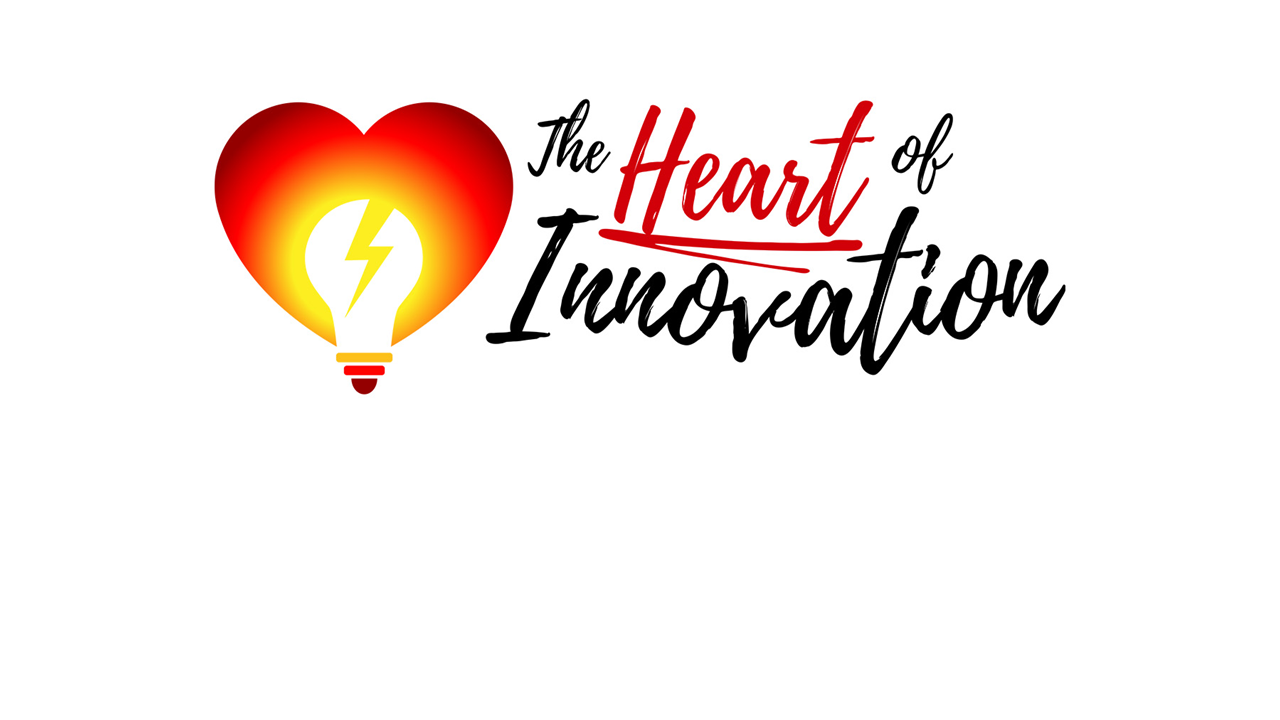Fibroids As An indicator of Cardiovascular Risk, and New Treatment Options

Description: It might be odd to think that on a show about vascular health, hosts Kym McNicholas and Dr. John Phillips are talking about fibroids, which are noncancerous growths in a woman's uterus. There is a vascular connection. First, studies show that cardiovascular risk factors were slightly more common for women with fibroids than for women without fibroids. Fibroids have been associated with hypertension and atherosclerosis, and some recommend using fibroids as a marker for future cardiovascular disease (CVD). Second, there’s a minimally invasive technique to treat fibroids without surgery that’s becoming more prevalent, known as Uterine artery embolization (UAE), where the blood supply of the fibroids is cut off, causing the fibroids to shrink.
During this episode Kym and Dr. Phillips talk to Advanced Vascular Centers Interventional Radiologist Dr. Mary Costantino about Uterine Artery Embolization (UAE), what it is, how it’s performed, its effectiveness, and when it’s warranted versus the traditional and mainstream treatment using a hysterectomy, which is the physical removal of the uterus. We also discuss why UAE isn’t offered to most women as an alternative to hysterectomy and how reimbursement may be a contributing factor as payers offer facilities more for the invasive versus minimally-invasive options. UAE isn’t right for everyone, however. Some researchers express concern about using UAE in younger women with reproductive plans due to possible pregnancy complications down the road. But if hysterectomy is the only other alternative, which prevents even the possibility of a pregnancy, Dr. Costatino believes it’s important for gynecologists to have an open, candid discussion about all available options along with the benefits and risks of each one. She contends that it is not fair to withhold the availability of UAE from patients and afford them the benefit of being able to gather all pertinent information and weigh her options. Dr. Costantino talks about how it’s the women, themselves, who are actually the driving force behind the growing popularity of using UAE as an option to treat fibroids, because they’re doing their homework, not wanting to be out of work with an up to six-week recovery from hysterectomy versus a small puncture in the wrist or groin as the only external entry point for treatment using UAE, that allows a woman back on her feet in days. An important takeaway that Dr. Costantino shares about fibroid treatment, is it’s not something to rush into for any woman. Some women never have lifestyle-limiting symptoms or complications. But those who have lifestyle limiting symptoms including the below, should have the discussion about all treatment options with their gynecologist:
- Heavy menstrual bleeding.
- Menstrual periods lasting more than a week.
- Pelvic pressure or pain.
- Frequent urination.
- Difficulty emptying the bladder.
- Backache or leg pains.
If treatment is right for you, ask your gynecologist for a referral to a surgeon who would perform a hysterectomy AND to an Interventional Radiologist who can perform a UAE so that you can best weight all available options and decide what is best for you.
For more information go to Dr. Costantino’s website: https://advancedvascularcenters.com/uterine-fibroids/
And to find an Interventional Radiologist in your area who may treat fibroids, go to the Society of Radiology’s website: https://www.sirweb.org/
Make sure to listen to today’s broadcast!







